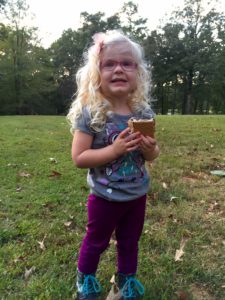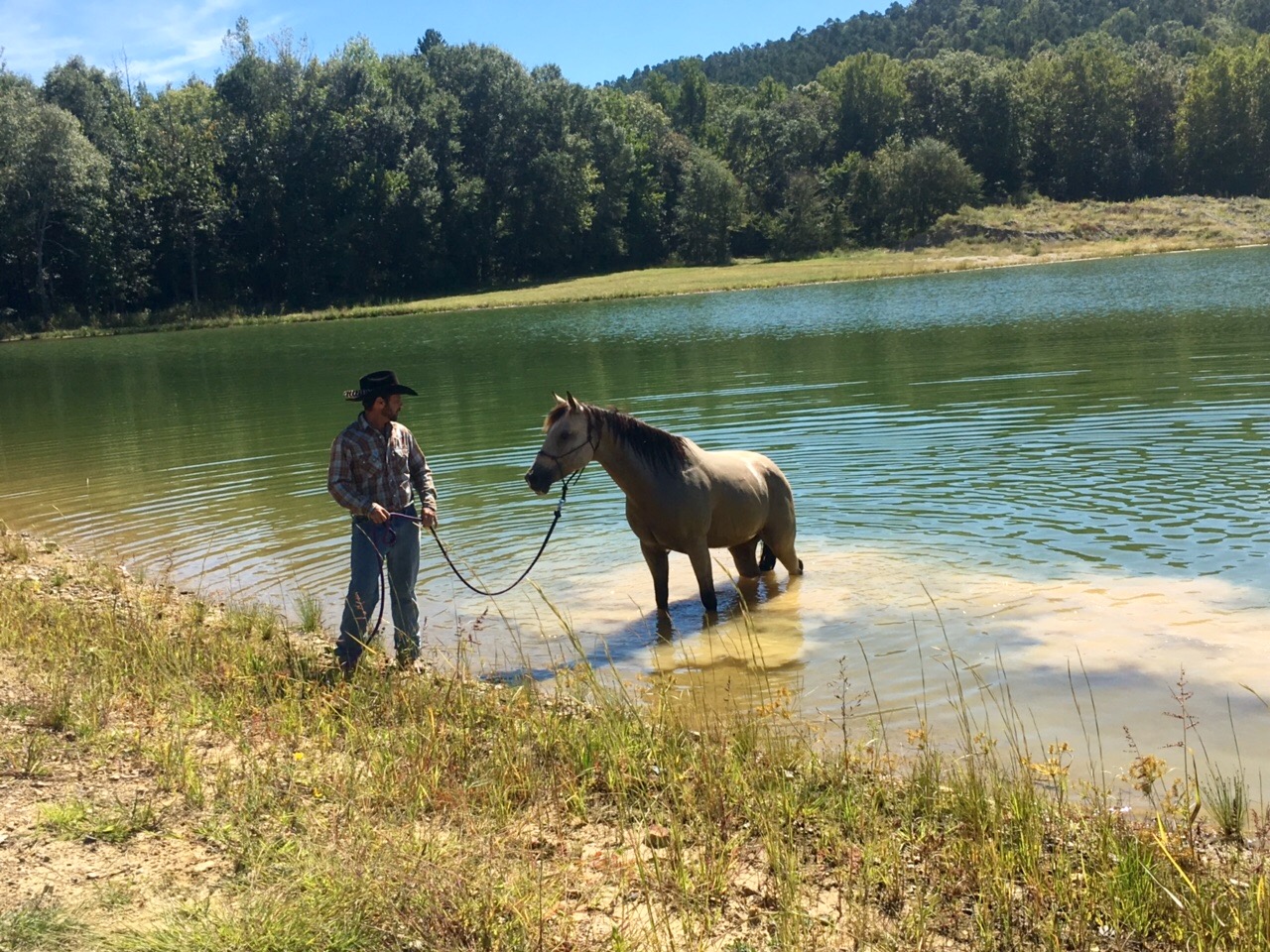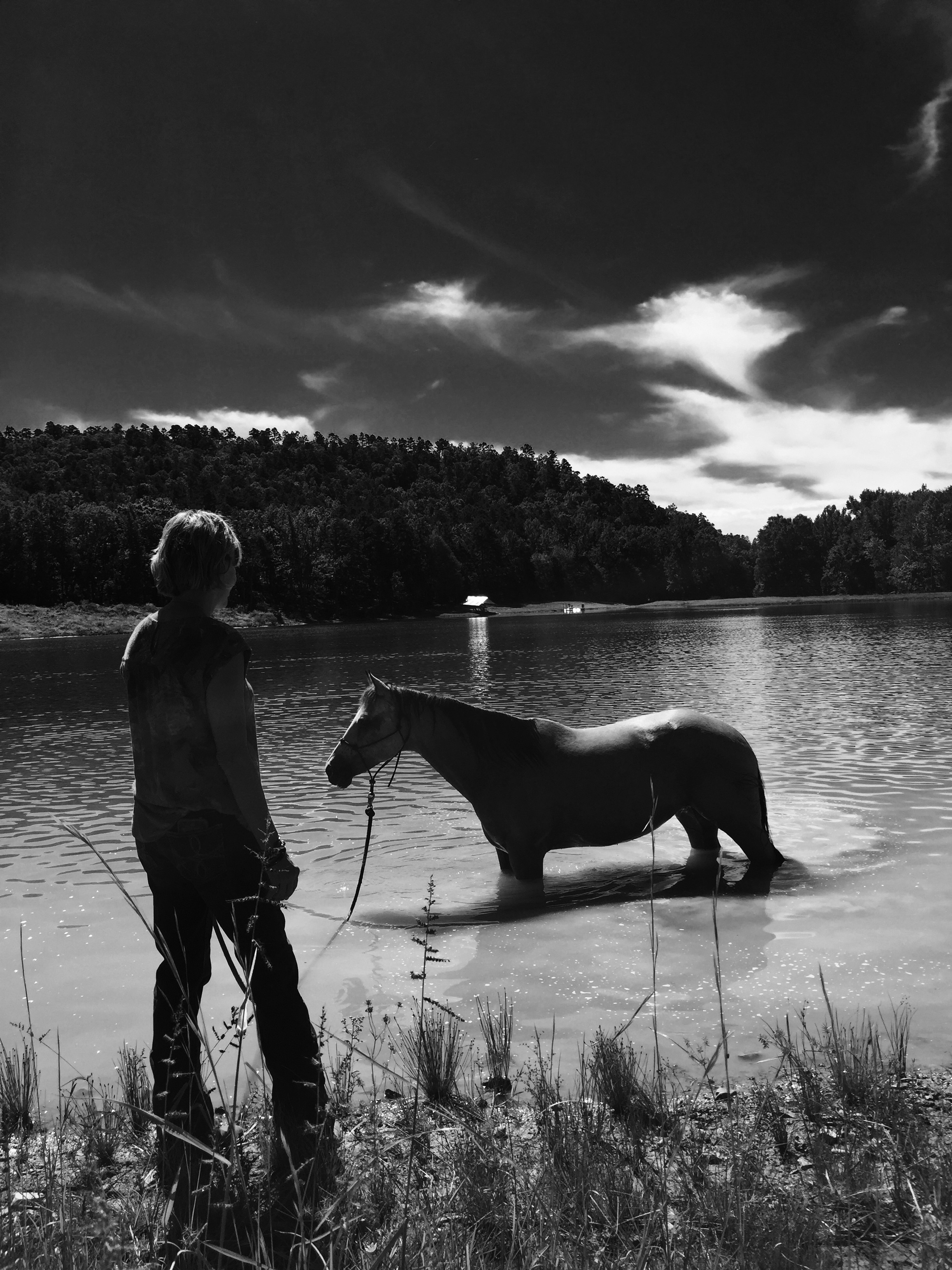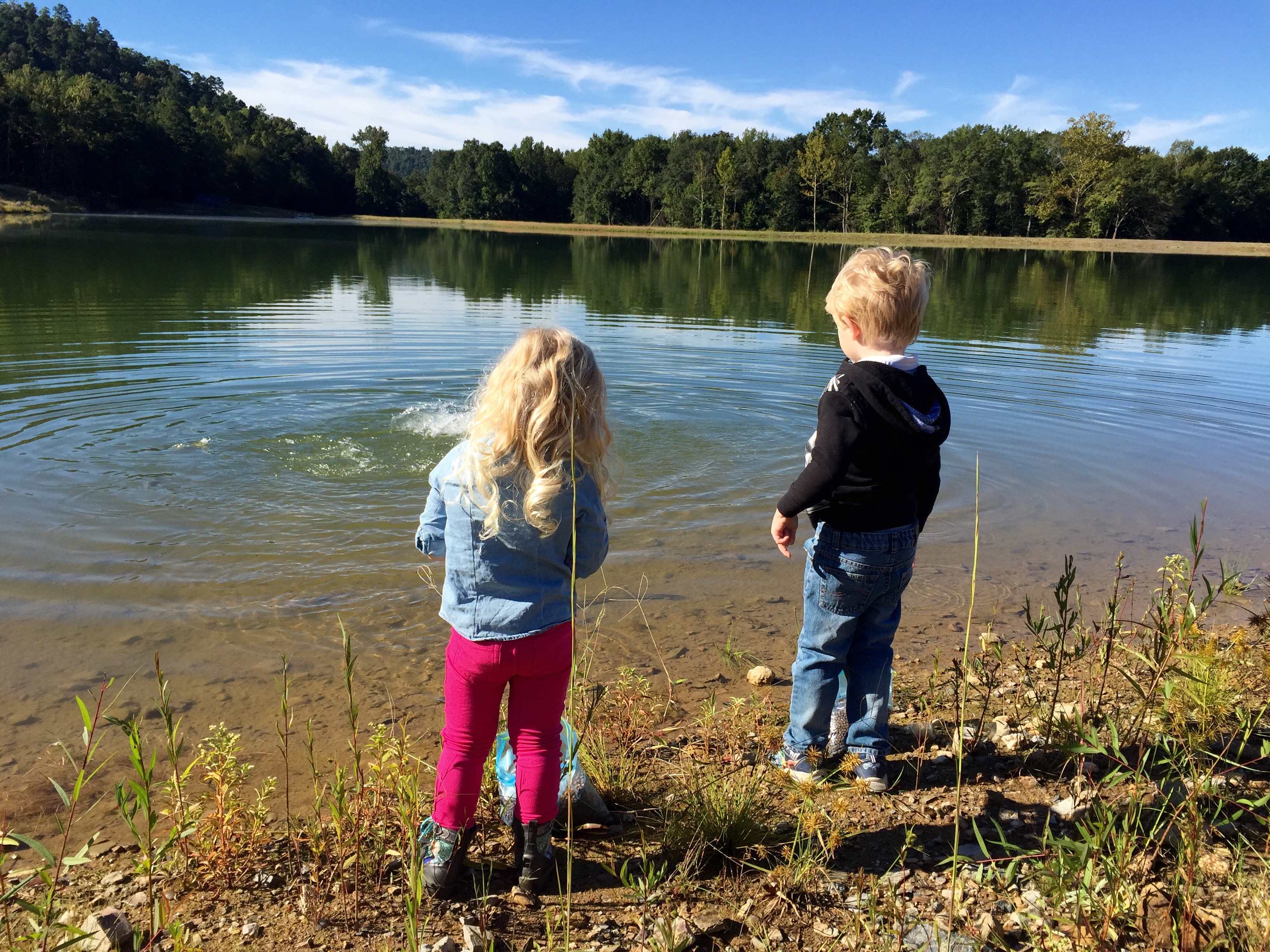HOME
The Natural Horsemann – Arkansas Family Trip
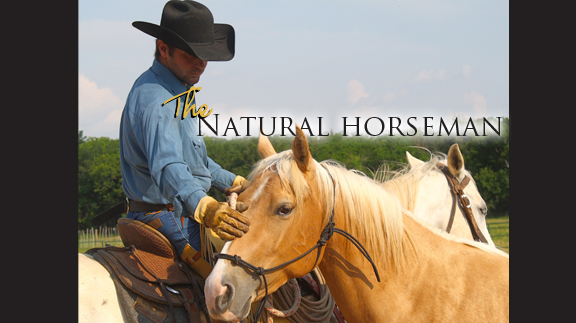
By Steve Stevens
About two weeks ago we got a chance to take a family business trip. Our client and friend had moved her horses up to her beautiful property that backs up to the Ouachita National Forest near Mena, Arkansas. We went up there more as a consultant for the best way to work her horses on and around her property.
We started the first day of the trip with some family time spending the night in Broken Bow, Okla. We woke up early in the morning on the second day to explore Beaver Bend State Park. The weather was nice and cool and Beaver Bend seemed to really be a special place. If you guys follow us at all, you know how important it is to us to get out in nature and remind ourselves that the world does not center around us.
We took the kids on their first little hike in the forest and it started to rain through the tall trees.
I am not sure how much the kids enjoyed it, but Amanda and I were able to take some deep breaths and let go for a few minutes.
We arrived in Mena later that afternoon and we followed our friends, Terri and Ed, back to their property in the forest. They had rivers and lakes and trails all over the place. We were spoiled. Terri had set us up for some glamping (a fusion of glamour and camping). The camper sat in front of the fire pit which would be the site of our children having their first roasted marshmallow and s’mores. Thank you Terri and Ed!
While the kids went for a ride on a paddle boat on the lake and fed fish, I finally had to go to work. We started working the little dun filly in the round pen that overlooks the beautiful lake. I think Terri was so happy to have us there and was more interested in hanging out with the kids than working. We pushed through going over her horse’s foundation work and called it a day.
I got up early the next morning and sneaked down to the lake to watch the fog lift before everyone else was up.
Terri had really wanted us to work on getting her mare Cheyenne across a bridge that led to the lake that she was having trouble with. Her horse definitely didn’t want to get close to it. There was water on one side and kind of a bog on the other. So I jumped down in the bog and worked her around the bridge, not trying to force her on the bridge, just made it difficult for her by moving her feet. When she went towards the bridge I would take the pressure off. Before long she stepped on and a few minutes later she was walking across it with no problem.
I showed Terri some exercises to do around the lake and then thought maybe it would be fun to see if Cheyenne would get in the water. It took a little work, but once she was in the lake she didn’t want to get out.
It was a special moment for myself and Terri. Then we switched, and she put Cheyenne in the lake herself. Terri and Ed built this beautiful lake themselves and didn’t realize that (in my opinion) they built the lake for their horses.
We can take advantage of riding on our property whether it is one acre or it is backed up to a national forest. But we need to always use our common sense by making sure that our riding area is safe in relation to our horses and our own ability. Start simple and build out.
This is a hard one for people to live up to, but if you can’t walk, trot and canter your horse in a safe enclosed pen, you probably aren’t ready to ride out in more difficult areas.
Thank you again Terri and Ed for the wonderful adventures.
HOME
Farm and Ranch Injuries
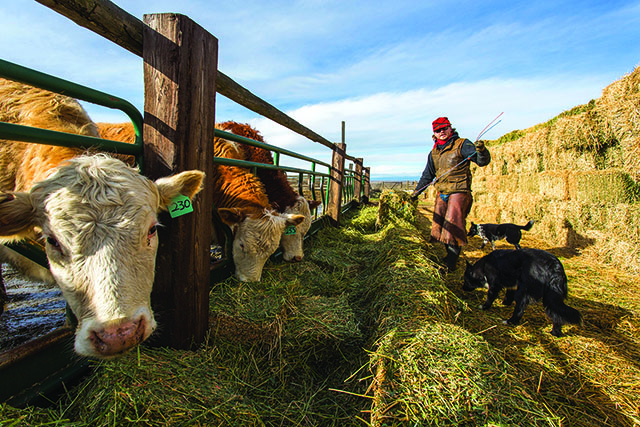
By Barry Whitworth, DVM
In January, I attended the Oklahoma Veterinary Conference. While waiting for one of the sessions to start, a classmate of mine commented how many of the attendees walk with a limp, used a cane, and/or have damaged hands. We all agreed that working with animals is hard on the body. In general, anything associated with farming and ranching is dangerous.
Most farmers and ranchers know that agriculture is a dangerous occupation. According to United States Bureau of Statistics, workers involved in agriculture, forestry, and fishing had the highest occupational fatality rate in 2022. The fatality rate of 23.5 per 100,000 full-time equivalent (FTE) workers for this group is much higher when compared to the overall occupation fatality rate of 3.7 per 100,000 FTE. Most of the agriculture-related fatalities are associated with transportation, such as tractor overturns, and vehicle crashes, but a fair number involve livestock.
To read more, pick up a copy of the March issue of NTFR magazine. To subscribe by mail, call 940-872-5922.
HOME
Jesses Jewelz

By Jesse Kader
Comfy and keep it western. That’s the name of the game this month. It’s hot and who wants clingy clothing? This jumpsuit is perfectly comfortable and relaxed without forfeiting the fashion. Dress it up or keep it casual. See this and more at www.jessesjewelz.com.
HOME
Noble Research Institute Expands New Program Offering Farmers and Ranchers the Essentials of Regenerative Ranch Management
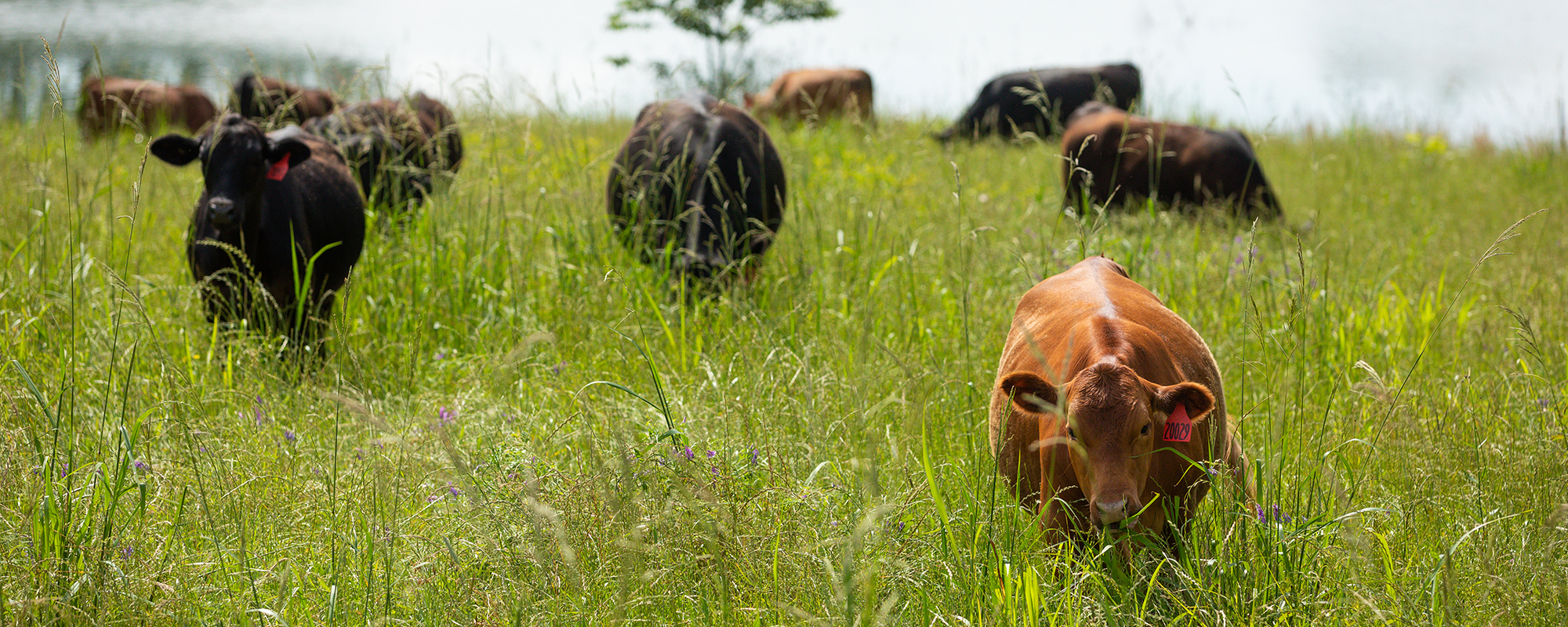
The educational program has been expanded to three new locations, empowering ranchers and farmers to monitor and improve the health of their land, livestock and livelihood through regenerative principles.
ARDMORE, OK–September 12, 2023 – Noble Research Institute announced the expansion of Essentials of Regenerative Ranching, a new educational program designed to help ranchers enhance and restore the land, making it more resilient and reaching livestock grazing goals through regenerative management. Essentials of Regenerative Ranching provides producers with practical tools, hands-on experience and guidance to make data-driven decisions to decrease costs and improve profit.
The Essentials of Regenerative Ranching course has been expanded to three new locations in Texas and Oklahoma. Registration is open now at www.noble.org/essentials. Seating is limited, so early registration is recommended.
Texas A&M
College Station, Texas
October 17 – 18
O.D. Butler, Jr. Animal Science Complex
Noble Research Institute
Ardmore, Oklahoma
October 31 – November 1
Pavilion Center
Texas A&M
Kingsville, Texas
November 7-8
Caesar Kleberg Wildlife Center
“Program participants gain working knowledge and experience of monitoring and improving the health of their soil, grazing livestock more strategically and making informed financial decisions,” said Hugh Aljoe, Noble Research Institute’s director of ranches, outreach and partnerships. “We use a mix of classroom and field work to send producers home with the tools they need to begin making changes on their ranch.”
Farmers and ranchers navigate uncertainty from weather, fluctuating market prices and escalating costs of inputs. Many producers are seeking new tools that offer greater control and reduce their operational uncertainty. Through this course, ranchers and farmers will calculate their financial situations, determine initial stocking rates, carrying capacity and grazing goals.
“The course is well-suited for ranchers of all experience levels and all types and sizes of operations,” Aljoe added. “No matter your situation, this program will transform the way you think about your ranch.”
The Essentials of Regenerative Ranching program allows producers to overcome obstacles, become more informed problem-solvers and increase the productivity of their grazing lands. By participating in this program, ranchers join a community of like-minded producers who are shaping the future of ranching and leaving a lasting impact on their land and families. “If I had known what I learned in this course when I started my regenerative journey, I could have avoided some key mistakes,” said Tana McCarter, a rancher, and Essentials attendee. “I left with the tools I needed to monitor my soil health and financial progress. I’ll now have the right data to make informed decisions on how to meet my regenerative goals.”
Noble Research Institute is an independent nonprofit agricultural research organization dedicated to guiding farmers and ranchers in applying regenerative principles that yield healthier soil, more productive grazing land, and business success.
At Noble, researchers, facilitators and ranch staff work together to share with farmers and ranchers the skills and tools to regenerate the land in a profitable manner. Noble is focused on the regenerative management of the nation’s grazing acres, which directly impacts pasture and range environments, wildlife, pecan production, and livestock production. Regenerative management recognizes that each decision made on the ranch impacts the interactions of the soil, plants, water, animals, economics and people. Noble’s 14,000 acres of working ranch lands provide a living laboratory on which to demonstrate and practice regenerative principles and ideas to deliver value to farmers and ranchers across the U.S.
-

 Country Lifestyles1 year ago
Country Lifestyles1 year agoScott & Stacey Schumacher: A Growth Mindset
-

 Equine7 months ago
Equine7 months agoThe Will to Win
-

 Country Lifestyles7 years ago
Country Lifestyles7 years agoStyle Your Profile – What your style cowboy hat says about you and new trends in 2017
-

 Country Lifestyles4 years ago
Country Lifestyles4 years agoAmber Crawford, Breakaway Roper
-

 HOME7 years ago
HOME7 years agoGrazing North Texas – Wilman Lovegrass
-

 Country Lifestyles7 years ago
Country Lifestyles7 years agoDecember 2016 Profile, Rusty Riddle – The Riddle Way
-

 Country Lifestyles8 years ago
Country Lifestyles8 years agoJune 2016 Profile – The man behind the mic: Bob Tallman
-

 Outdoor9 years ago
Outdoor9 years agoButtercup or Primrose?

